- Wine Tour Destinations
A bit of history
There is evidence that vitis vinifera was present in the Veneto region, specifically around the Soave production, area some 50 million years ago during the Paleogene period. It is likely that grape was part of the human diet from the Bronze Age, however wine only appeared later, around the 8th Century BC. During the Roman times, Veronese wines became increasingly popular, and the trade intensified. In the Middle Ages, the clergy played an important role in keeping the culture of wine alive. In the 12th Century, the name Val Polisella and Soavi start to appear in official documents. From the Renaissance through to the 20th Century, a series of disasters (plagues, floods, phylloxera and the wars) struck Verona and the region, impacting the wine produced in the area. Quantity then unfortunately prevailed over quality, leading to the wines to have a bad reputation, and a serious image problem in the area. In recent years, the wine-makers have invested heavily into producing quality wines, creating rules and regulations, changing the tide and crafting a new image for the region and its wines.
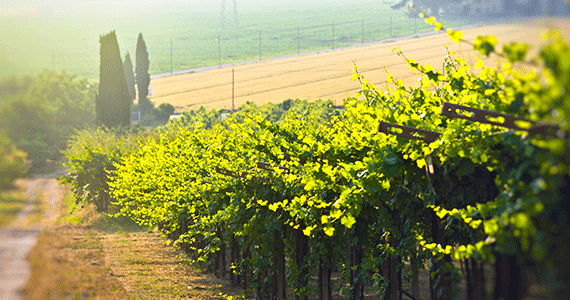
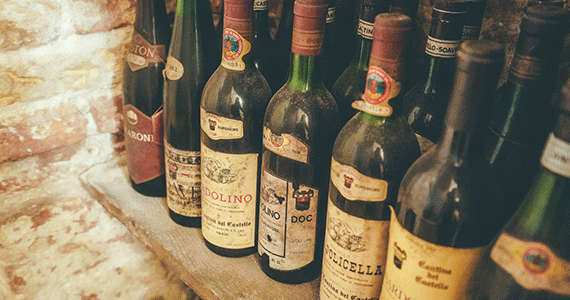
Geographical background
Most of the grapes in the Veneto area are grown on alluvial plains, in the southern part of the region. The soils vary depending on the area but in general, they are limestone based with some marl, clay, sand, tufa and silt as well as tuff and basalt of volcanic origin.
The climate around Verona is generally mild, verging on continental.
Viticulture
In most of the vineyards surrounding Verona, the vines are trained using the traditional Pergola system.
The Appellations:
Bardolino
The Bardolino area is located around the town of Bardolino on the southeastern shores of Lake Garda.
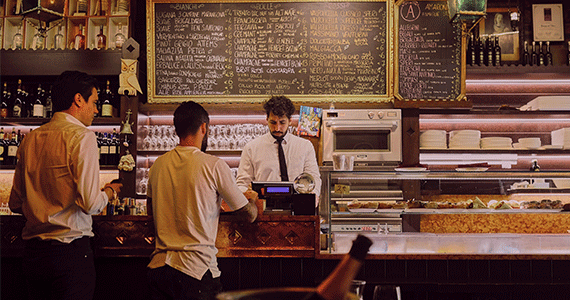

The wines produced in the area are light red, made from Corvina, and Rondinella with a small amount of Molinara grape also permitted. The DOC (denominazione di origine controllata – controlled designation of origin) status was awarded in 1968. The stronger, aged Bardolino Superiore was promoted to DOCG (denominazione di origine controllata e garantita – controlled and guaranteed designation of origin) in 2001. The area also produces a small quantity of rosé wine, the Bardolino Chiaretto, which can be still or frizzante, and an Italian version of Beaujolais Nouveau called Bardolino Novello. Bardolino wines tend to have aromas and flavours of red cherry, strawberry and raspberry with notes of spices such as cloves, cinnamon and black pepper. Bardolino wines are highly versatile and pair well with virtually all types of dishes.
Bianco di Custoza
Bianco di Custoza are the white DOC wines of the Bardolino area. The white wines are made from mainly Trebbiano, Garganega and Tocai Friulano grapes. A handful of other grape varieties can also be included as minor components in the blend such as Bianca Fernanda (a local clone of Cortese), Malvasia Bianca, Riesling Italico, Pinot Bianco, Chardonnay or Manzoni Bianco.
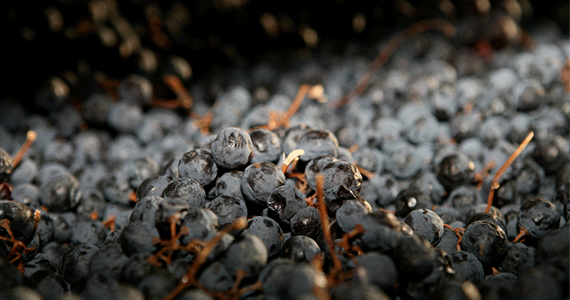
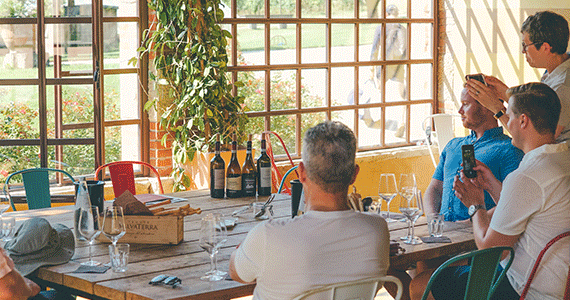
Bianco di Custoza wines tend to be aromatic, fruity and floral, with a smooth aftertaste. On the nose, the most typical scents are grapefruit, lemon, melon, pear, pineapple and banana. The typical floral scent is expressed by notes of acacia, orange blossom, and elderflower. The area also produces sparkling wines – Custoza Spumante – aas well as a sweet white wine – Custoza Passito.
Valpolicella
Valpolicella is perhaps the most famous wine appellation around Verona. Made from at least 80% Corvina with the possible addition of Rossignola, Negrara, Trentina, Barbera and Sangiovese, Valpolicella red wines range from pale cherry red to deep violet ruby colours. They are light to medium bodied, with light, fine tannins, and full of juicy cherry flavours with notes of raspberry, plum as well as a clear violet scent. The Valpolicella DOC status was introduced in 1968.
Valpolicella recioto (a dessert wine made from grapes that are dried on mats after picking) is a bitter-sweet but very smooth, deep-coloured Port-like wine made from passito grapes (straw wine).
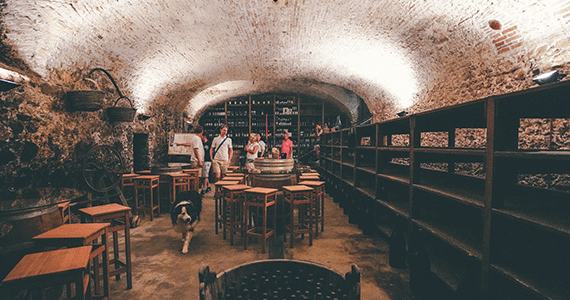
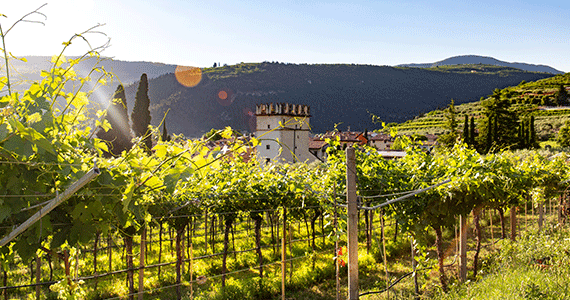
Valpolicella Ripasso has long been traditional in the Veneto region. The best young Valpolicella wine is put into tanks or barrels that still contain the lees of the recioto for which they were previously used. When mixed with the young wine, active yeast cells create a second fermentation which increases the alcohol content of the wine and gives recioto its character.
Amarone is a derivative of recioto, with a similar deep colour, but in a dry or off-dry style. It is said that the Amarone was born by mistake, from a cask of recioto left unchecked, which had fully fermented out. The Amarone della Valpolicella are rich, dense wines with aromas of black cherry, figs, dark chocolate, molasses, wood smoke, orange and clove.
Soave
The Soave region has both a DOC area, created in 1968, and a DOCG area also known as Soave Superiore, created in 2001. Most of the Soave area is made of small parcels of land, as the majority of wine growers own less than a hectare of vines. Most grapes are sold to cooperatives and only a handful of growers bottle their own wine, however the ones who do really stand out from the crowd and produce some really interesting wines.
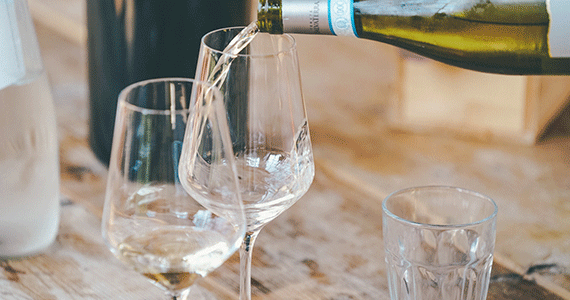

Soave are possibly the most famous Italian white wines, predominantly made from Garganega grapes with smaller percentages of Trebbiano di Soave as well as Chardonnay, Pinot Bianco and other local varieties.
The colour of a typical Soave ranges from water white to bright, medium gold, going as far as straw yellow. Soave wines are known for being light bodied, crisp, still white wines with orchard fruit (peach, apple, pear) aromas supported by notes of apricot, melon, citrus zest and sweet marjoram. The wines have the potential to age well. With age, the wines develop marmalade, honey, and preserved lemon flavours.
Most Soave are dry and still white wines, but the area also produces sparkling Soave spumante and Recioto di Soave, a naturally sweet Soave made from passito grapes. Recioto di Soave display candied fruit, honey and wildflowers notes with apricot and mandarin flavours.
Gambellara
In between Soave and Colli Berici, the Gambellara DOC area produces scented dry or sometimes semi-sweet white wines as well as fruity semi-sweet, still, frizzante or fully sparkling white. The wines are predominantly made from Garganega grape variety.
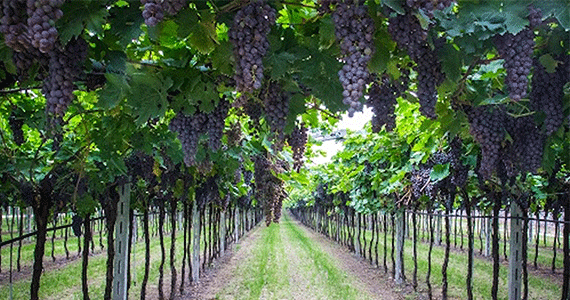
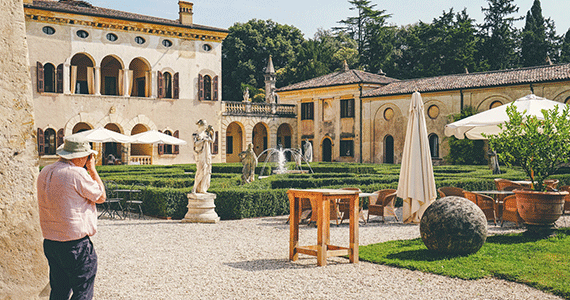
The classic Gambellara dry white wine is crisp and refreshing, mainly due to the acidity of the Garganega grapes.
A sweet, dried-grape recioto style wine, Recioto di Gambellara, is made in the region. The wine tends to be golden yellow with a strong nose of overripe grapes or raisins. The taste ranges from sweet to very sweet and sometimes the wines have a slight natural sparkle to them.
A smooth, sweet vin santo (Italian dessert wine) is also produced here. The wines are dark golden in colour and have a strong nose of sweet raisins.
Colli Berici
West of Soave and Gambellara, we find the Colli Berici DOC, which produces a wide range of wine styles including red, white and rosé as well as a sparkling, Colli Berici Spumante. Most wines are made from blends of different grape varities such as Pinot Nero, Merlot, Cabernet Sauvignon, Cabernet Franc, Carmenere and Tai Rosso for the reds and Chardonnay, Garganega, Pinot Bianco, Sauvignon, Tocai Friulano and Manzoni Bianco for the whites.
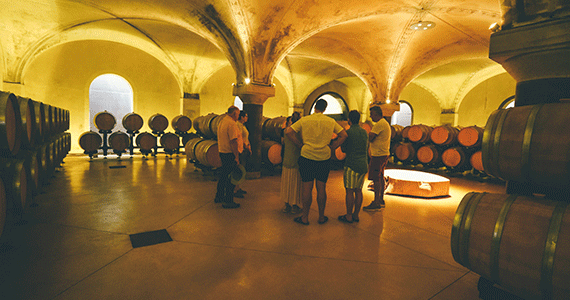
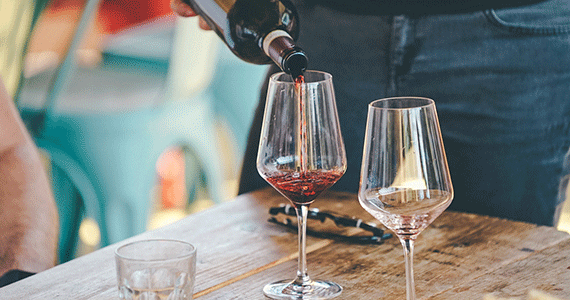
Some varietal wines are also produced in the region and for any of these wines to bear the name of its variety, it must be made from at least 85% of the stated grape.
Colli Berici Spumante is made using the traditional méthode champenoise and can be white or rosé. Chardonnay must make up at least half of it, with varying proportions of Pinot Bianco and Pinot Nero depending on the desired flavour and colour.
Colli Euganei
Bordering Colli Berici to the southeast, Colli Euganei DOC produces soft, full-bodied, dry or semi-sweet red wine blend made from Merlot, Cabernet Franc, Cabernet Sauvignon, Carmenère and Raboso.
There are also dry or semi-sweet white wine blends made from Glera, Garganega, Fior d’Arancio, Moscato Bianco, Tocai Friulano, Manzoni Bianco, Pinot Bianco or Chardonnay.
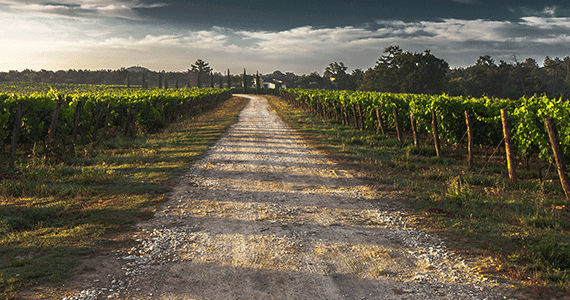
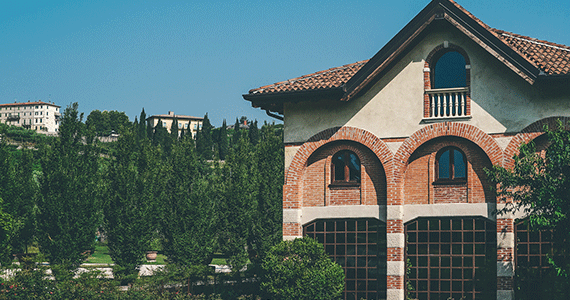
Breganze
Further away from Verona, north east of Vicenza, the Breganze DOC red and white wines are produced. The reds are mainly Merlot based with small additions of other grapes such as Pinot Nero, Freisa, Marzemino, Rossignola, Cabernet Franc or Cabernet Sauvignon.
The dry white wines are fresh and zesty and are mainly made from Tocai Friulano with addition of Pinot Bianco, Pinot Grigio, Welschriesling, Riesling Italico, Marzemina Bianca, Sauvignon Blanc or Vespaiolo.
The area also produces dessert wines made from Vespaiolo grapes called Breganze Torcolato.
Lessini Durello
In the Lessini Mountains, the pre-Alps of Verona, just north west of Vicenza, we find Durello. Durello wines are still white wines or sparkling produced on volcanic soils with Durella grapes, sometimes blended with small quantities of Chardonnay, Garganega, Pinot Bianco and Pinot Nero. The area was awarded the DOC classification in 2011. The still white wines have a good acidity as well as pear and exotic fruit notes. Over time their minerality comes out.
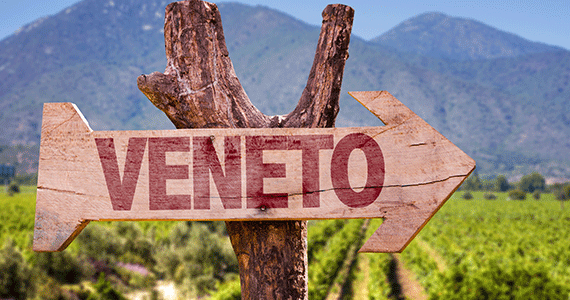
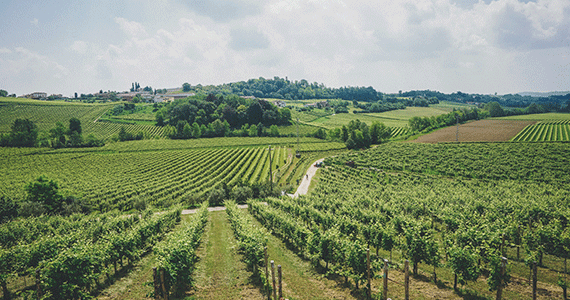
Sparkling can be made using the Charmat tank method or the traditional méthode champenoise. The sparkling made using the Charmat tank method is labelled as Lessini Durello while those made using the traditional méthode champenoise are known as Monte Lessini. The former is fruitier, with more noticeable aromas. The latter is more nuanced and structured.
The area also produces Monti Lessini Durello Passito dessert wine, made with semi-dried Durella grapes.
Franciacorta
Another area worth a mention is west of Verona, just outside of Brescia, south of Lake Iseo. Here, Franciacorta sparkling wines are produced, using the traditional méthode champenoise. The sparkling wines were awarded DOCG status in 1995. Franciacorta, also known as the Champagne of Italy, is made from Chardonnay, Pinot Nero and Pinot Bianco grapes. The wines typically have hints of bread, brioche and yeast with delicate notes of citrus and dried fruit such as almond, hazelnut or dried figs.
Prosecco
To find out more about Prosecco, have a look at our Prosecco pages.
Around half of our trips are completely bespoke. Our expert team would be delighted to discuss your requirements and create your perfect trip.
Contact Us
